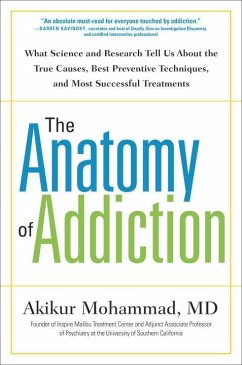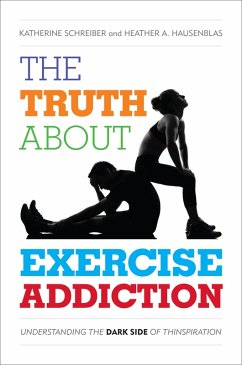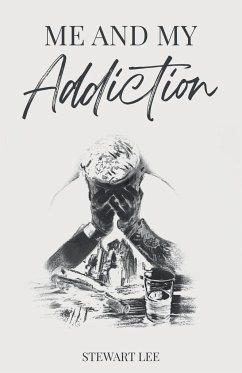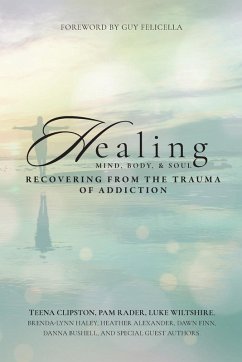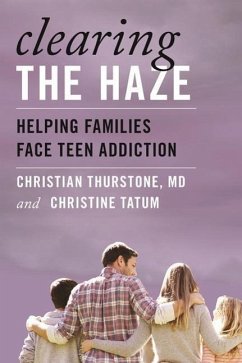Nicht lieferbar
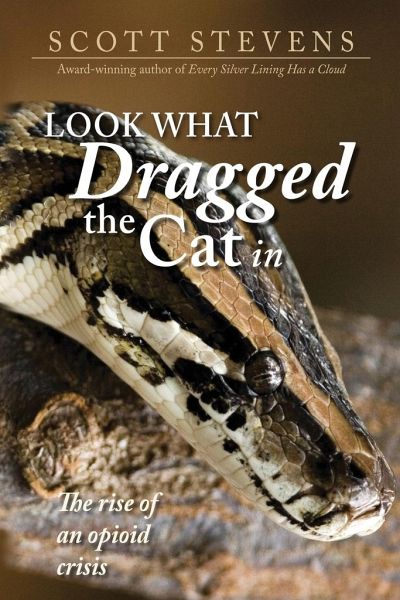
Look What Dragged the Cat In
The rise of an opioid crisis
Versandkostenfrei!
Nicht lieferbar
An American morphine crisis in the 1860, cocaine in the 1890s, heroin in the 1910s, methamphetamines in the 1950s, another heroin crisis in the 1970s, back to cocaine in he 1980s, another trip back to meth in the 2000s, and a prediction for a return to meth and cocaine again after the current opioid crisis ebbs. Drugmakers, dope dealers and physicians didn't incubate crisis after crisis. Their hands aren't clean, but they're not as dirty as the public perceives. The public misinterpretation stems from its own love affair with the cheapest, easiest to get, most lethal drug: Alcohol. Every drug ...
An American morphine crisis in the 1860, cocaine in the 1890s, heroin in the 1910s, methamphetamines in the 1950s, another heroin crisis in the 1970s, back to cocaine in he 1980s, another trip back to meth in the 2000s, and a prediction for a return to meth and cocaine again after the current opioid crisis ebbs. Drugmakers, dope dealers and physicians didn't incubate crisis after crisis. Their hands aren't clean, but they're not as dirty as the public perceives. The public misinterpretation stems from its own love affair with the cheapest, easiest to get, most lethal drug: Alcohol. Every drug death from every crisis has one thing in common: They are all alcohol-related. Look What Dragged the Cat In takes a deep dive into the opioid crisis, the suspects, the failed solutions, and the way out.





